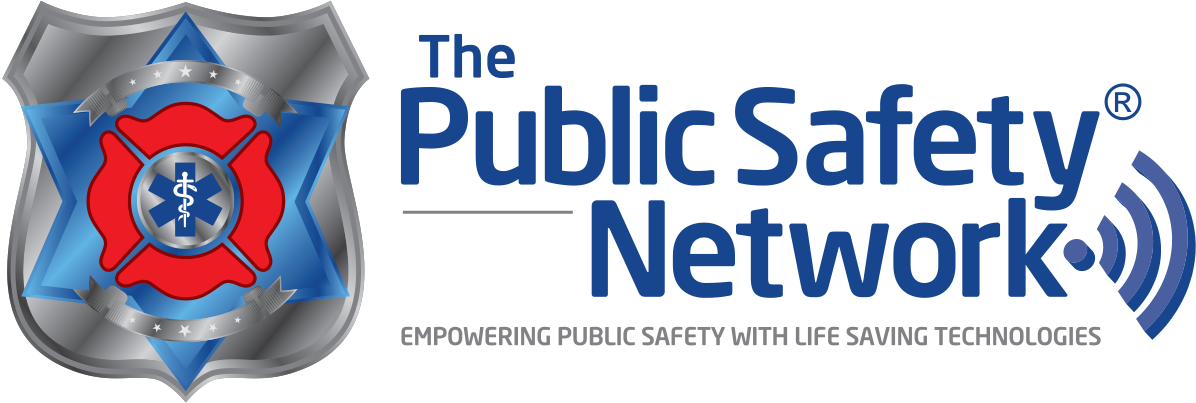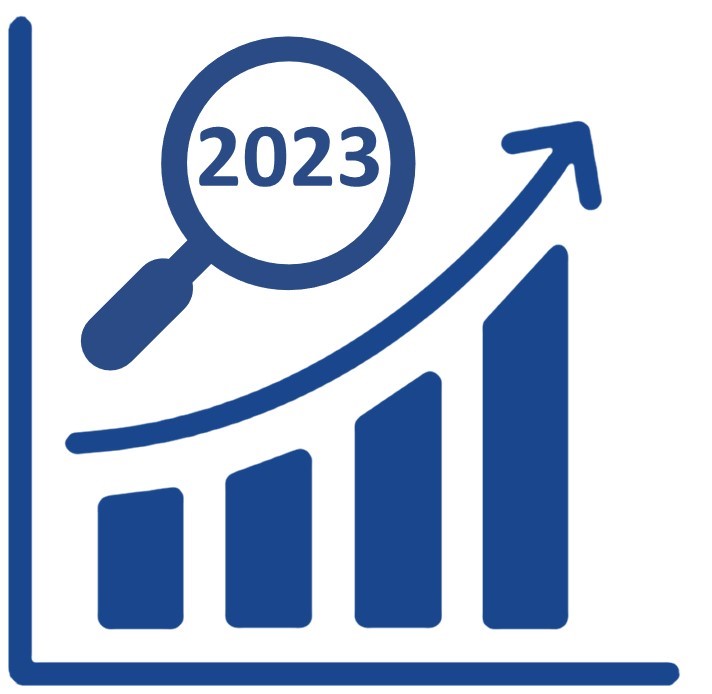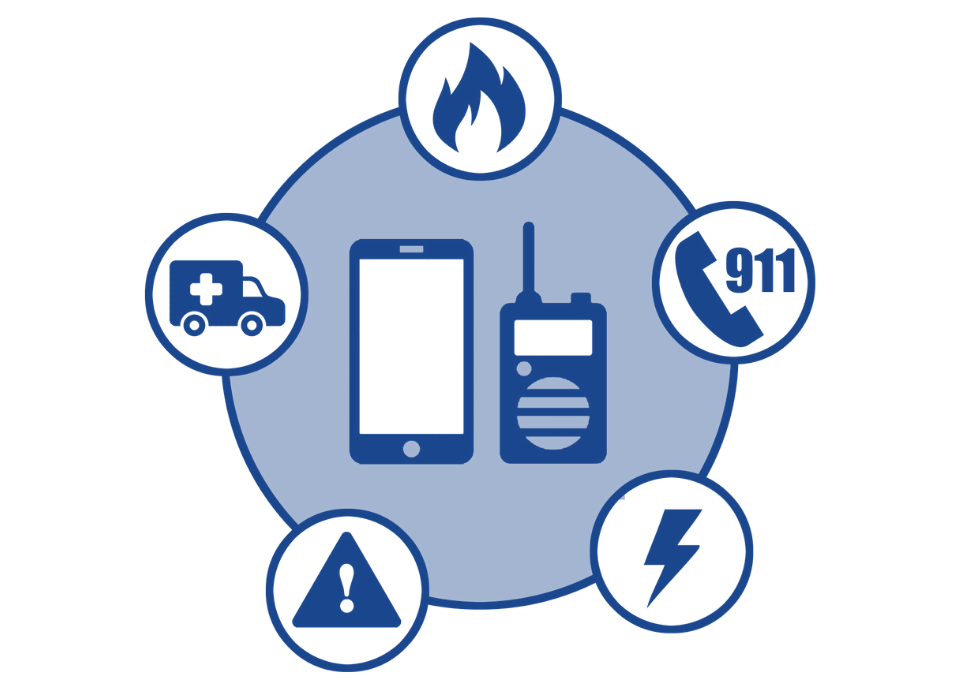
Improving Patient Care with EMS Focused Technology Solutions: Part 2
July 22, 2021
How to Showcase Technology and Develop Reference Customers in the Public Safety Market
October 15, 2021Improving Patient Care with EMS Focused Technology Solutions: Part 3
On Scene Arrival and Patient Stabilization
So, we’ve covered the technology that’s enhancing patient care during the 911 call to dispatch, as well as the resulting EMS crew(s) getting dispatched and traveling to the scene. Now its time to focus on the ambulance and crews’ arrival on scene and their work to stabilize the patient, and we’ll examine new technology solutions and their impact on improving patient care.
At this stage in the response, the EMS crew has received the 911 call information from dispatch and is arriving on scene. The ambulance parks, the crew grabs their appropriate gear and equipment for the response, and approaches the patient(s). The crew evaluates the patient, administers the appropriate care to stabilize the patient, and, when necessary, moves the patient to the ambulance for transport.
During arrival and patient stabilization for transport, the recent technology advances focus on delivering relevant information to the EMS crew by the time they arrive on scene so they can bring the right equipment to the patient as fast as possible. While treating and stabilizing the patient, EMS, hospitals and physicians are working to speed the transfer of patient information among care teams and allow for treatment in place by the EMS crew when hospital transport isn’t necessary.
Enabling technologies:
- Seamless data transfer from CAD and onsite patient assessment to electronic patient care report (ePCR)
- Providing the EMS personnel with access to an accurate and up to date view of the patient’s medical history (Kno2, Handtevy)
- Portable, multi-carrier connectivity at the point of care for more reliable LTE coverage on smartphone, tablets, patient monitors, cameras and other IoT connected devices (Allerio)
- Streaming patient vitals from the heart monitor to the receiving physician – an evolution from writing on tape on a leg, to taking and texting/emailing a photo, to live stream (ZOLL, Philips)
- Expanding real-time access to resources and care teams while in the field via voice, video and data communications platforms (Pulsara and General Devices)
- Patient triage via telemedicine with a physician while on scene to treat a patient that does not require hospital transport. Houston, Texas created the Emergency Telehealth and Navigation (ETHAN) program, which links EMS providers directly with an emergency physicianvia video chat. And the Tele911 platform enables board-certified emergency physicians to work directly with paramedics on scene, allowing patients to be treated in place or transported to an alternate destination, such as an urgent care clinic or mental health facility.
In the last installment of our EMS technology solutions blog series, we’ll discuss the enabling technologies that improve the ways EMS personnel treat and care for their patients while en route to the hospital.




